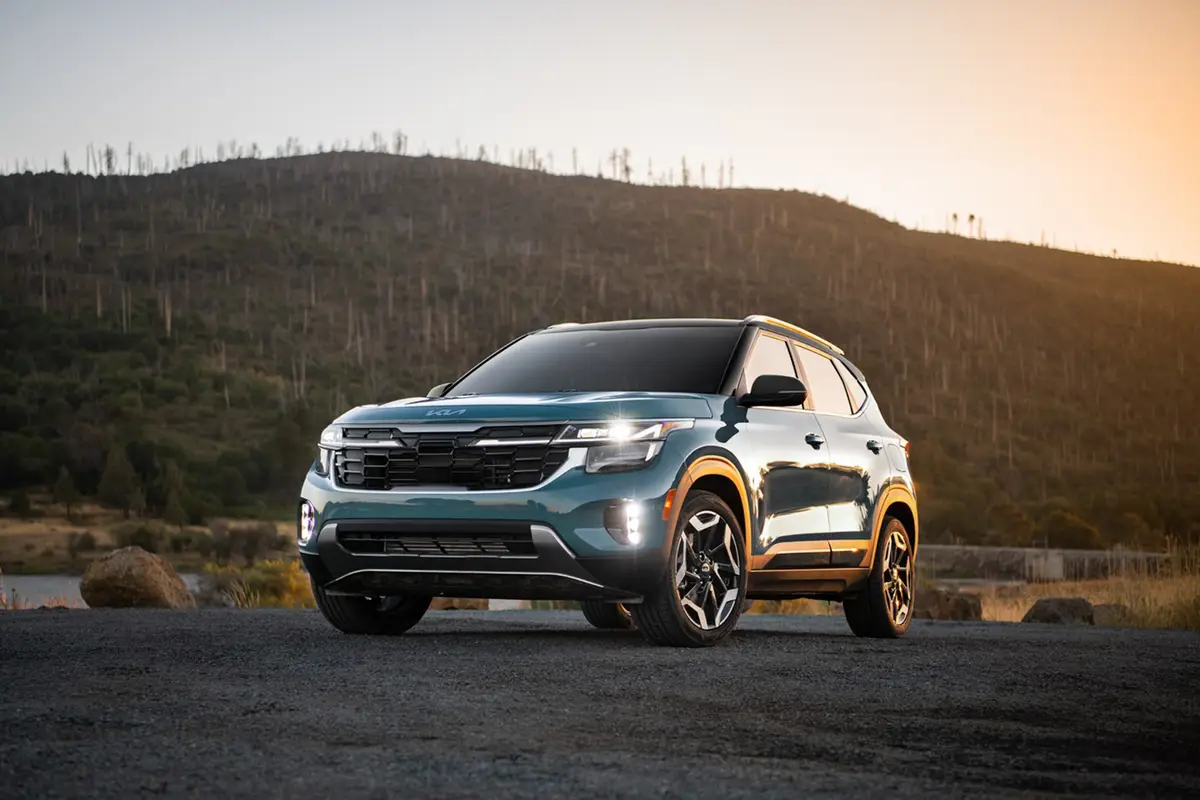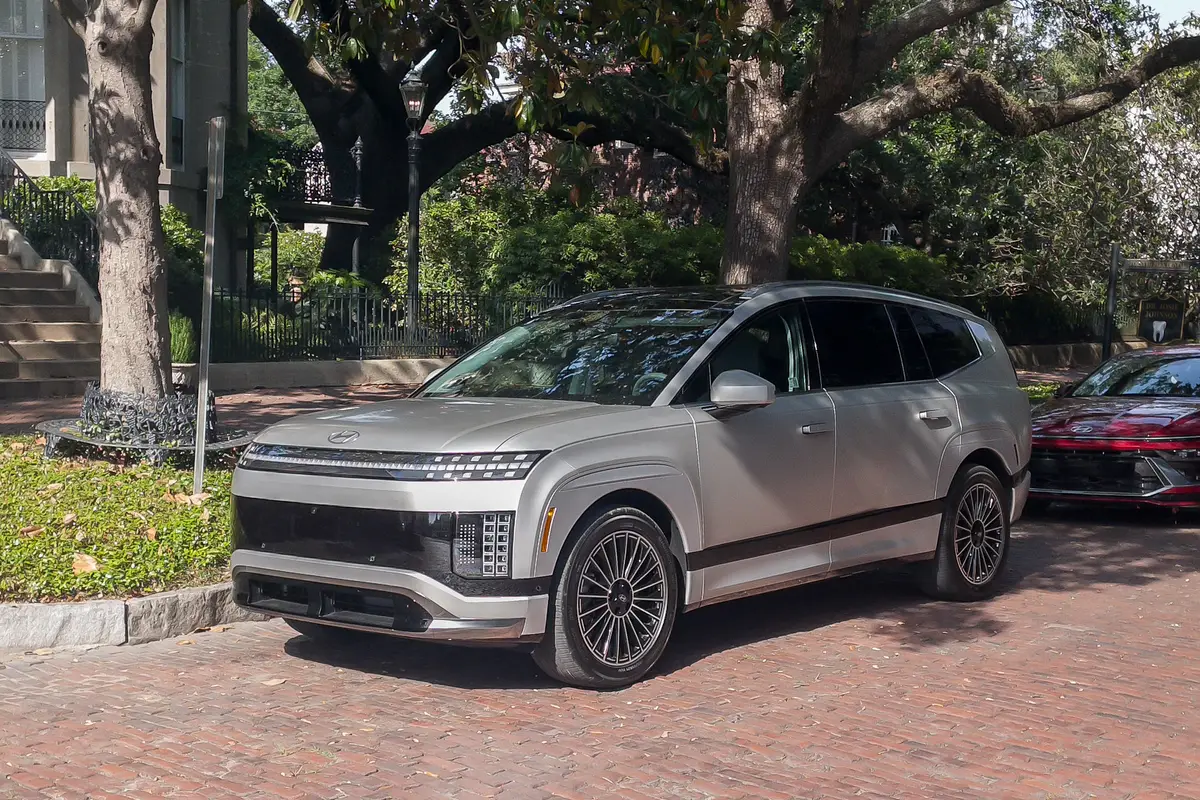KansasCity.com's view
Funky, boxy little cars are the hip thing for youth these days. The Kia Soul competes with the Nissan Cube, Scion xB and, to a lesser extent, the Honda Element. The Element is similar in concept but a little larger.
The Soul’s dimensions and specifications are within a gnat’s eyelash of the Nissan Cube’s, although the two cars look distinctly different. Both are defined by styling that is unique and a significant break from the norm.
Although these youth-oriented vehicles are ostensibly targeted at the youth market, they also appeal to empty nesters and retired folks because they mix functional interiors with a reasonable price and good fuel economy. A box, after all, is one of the most efficient shapes for carrying things, and these small cars are basically high-styled versions of a box.
The Soul comes in four models. The base price begins at $13,300 and tops out at $16,950 for the Soul Sport. I drove a Soul+, and it had a base price of $14,950. Standard equipment included keyless remote, air conditioning, tilt steering wheel, power windows and locks, alloy wheels and tinted rear windows.
The Soul has a low, wide stance and an angled window line. The nose is round, and the sides are punctuated with pronounced fender flares. The vertical taillights are the focal point of the rear end.
Exterior styling is not the only thing that stands out about the Soul. The interior is clever and thoughtful. Ward’s AutoWorld magazine named it the “grooviest interior” of the year.
The Soul+ has black cloth seats with the Soul logo splashed across the top in multiple shades. The Soul! has houndstooth seat inserts, and the Soul Sport has red and black seats with metal-finish interior accents.
The instrument panel of the Soul+ was all black, including the trim rings around the gauges, and the look was very pleasing. The audio system had orange figures, and the door speakers would pulsate with orange light when the mood lighting switch was turned on.
A small storage space atop the center stack is a good place for sunglasses.
The audio system has a USB input for an MP3 player that can be controlled via the audio system or buttons on the steering wheel. That was very handy.
The base model’s 1.6-liter, four-cylinder engine delivers 122 horsepower. The Soul+ has a 2.0-liter engine with 142 horsepower
This engine is not a powerhouse, but it provides plenty of around-town pep, especially because of the car’s curb weight of 2,820 pounds. Highway cruising is quite comfortable. Fuel economy is rated at 24 city and 30 highway for the 2.0-liter engine.
Wind and road noise were not intrusive, although the tires sang loudly on some, but not all, pavement surfaces.
The best part of a square silhouette is an interior that can comfortably hold four people, five in a pinch. Rear-seat legroom was not an issue, and the rear cargo space, while small, was big enough for everyday hauling. The split-folding rear seat adds room for large items. The rear hatch is large for easy loading.
Standard safety equipment includes front, side and side-curtain airbags. Anti-lock brakes, stability control, traction control and brake assist are also standard.
Price
The base price of the test car was $14,950. The audio package, automatic transmission, power moonroof and destination charges brought the sticker price to $17,795.
Warranty
Five years or 60,000 miles with a 10-year, 100,000-mile powertrain warranty.
2010 Kia Soul+
Engine: 2.0-liter, 142-hp 4-cyl.
Transmission: Automatic
Wheelbase: 100.4 inches
Curb weight: 2,820 lbs.
Base price: $14,950
As driven: $17,795
MPG: 24 city, 30 hwy.
To reach Tom Strongman, send e-mail to tom@tomstrongman.com.
Latest news



